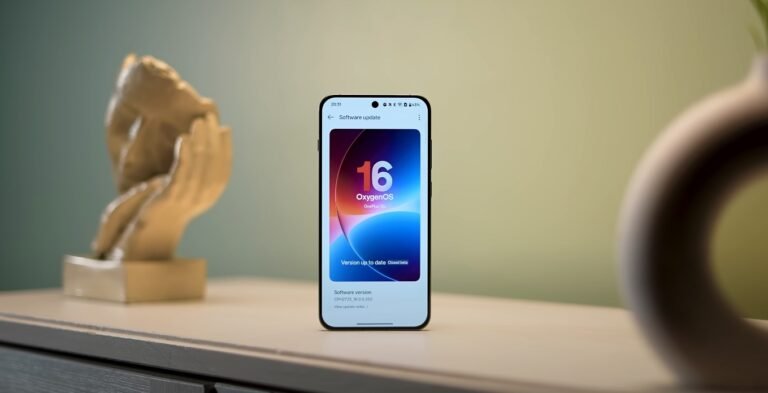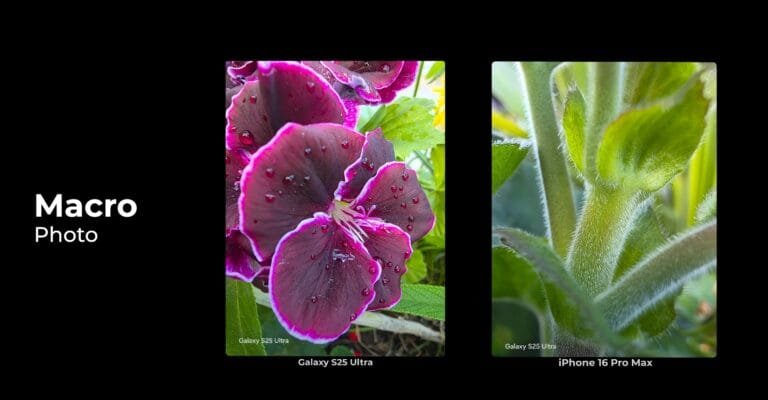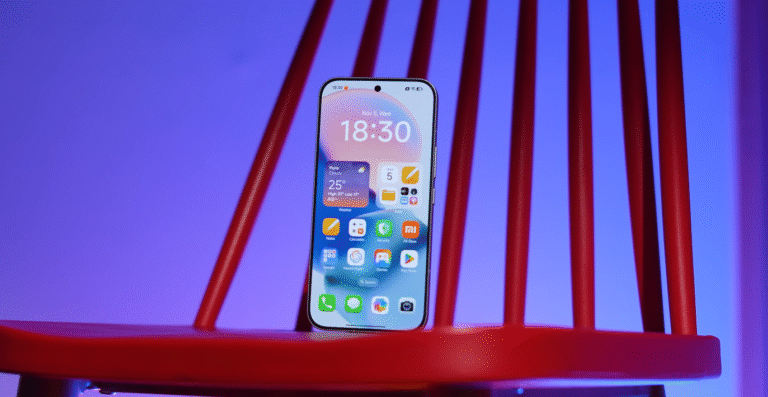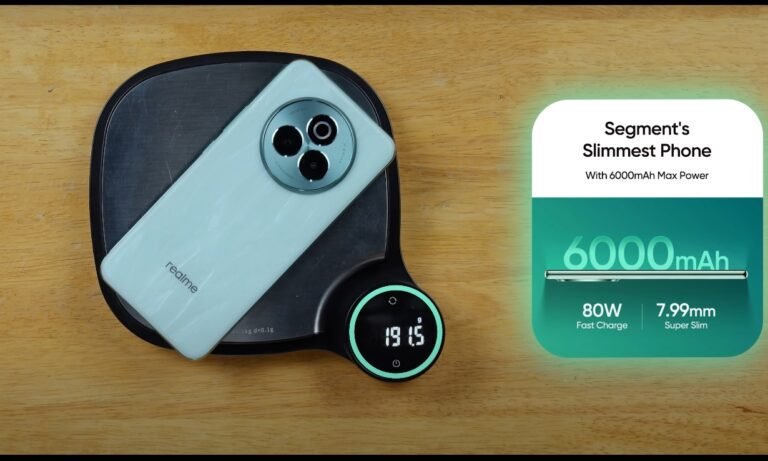Xiaomi 17 Pro Max camera zoom vs iPhone: real world comparison

Testing how Xiaomi’s flagship zoom stacks up against Apple’s best
Smartphone zoom performance has become one of the biggest differentiators between premium flagships, and in 2025, Xiaomi and Apple are leading that race. The Xiaomi 17 Pro Max and the iPhone 17 Pro Max both promise incredible zoom photography, but they take very different approaches to achieving it. Real-world testing reveals which one actually performs better when distance and detail truly matter.
The Xiaomi 17 Pro Max is equipped with a 50MP periscope telephoto lens offering 5x optical zoom, supported by optical image stabilization and Leica-engineered color tuning. This setup allows for high light intake through its f/2.6 aperture, ensuring clarity even in dim conditions. Apple’s iPhone 17 Pro Max, meanwhile, uses a 48MP telephoto sensor with 4x optical zoom and computational enhancement through Deep Fusion and Smart HDR. Both phones extend their reach digitally, but Xiaomi starts with a slight hardware advantage thanks to its longer focal length.
In daylight testing, Xiaomi’s zoom delivers exceptional clarity up to 10x magnification. Details such as text on distant billboards and fine patterns on architecture remain distinct, with minimal noise and strong contrast. The iPhone’s 4x optical zoom performs impressively too, producing crisp images with Apple’s signature color accuracy and white balance. However, at 8x and beyond, the iPhone begins to show slight softening compared to Xiaomi’s sharper, more contrast-rich shots.

Under mixed lighting, Xiaomi’s zoom advantage remains evident. The phone’s larger periscope aperture allows it to capture more light, resulting in brighter images with less visible grain. The Leica collaboration is particularly noticeable here — photos exhibit cinematic contrast and natural tone mapping. The iPhone, by comparison, handles exposure more conservatively. Its Smart HDR algorithm preserves detail in highlights but can flatten shadow depth, producing cleaner but slightly less dramatic results.
Low-light performance shows how much computational processing matters. Xiaomi’s Night Mode and AI Zoom Refinement combine multiple frames to retain sharpness at long distances. Streetlights, building outlines, and reflections stay crisp at 5x and usable even at 15x. Apple’s night zoom, on the other hand, leans on longer exposure and sensor cropping. While it captures color well, fine detail fades faster beyond 5x. The iPhone’s stabilisation remains best-in-class, though — handheld shots at high zoom levels consistently look smoother and more stable than Xiaomi’s, which occasionally shows micro-blur from movement.
Color science remains an interesting point of difference. The Xiaomi 17 Pro Max produces warmer tones with deeper contrast and a Leica-style cinematic mood. The iPhone’s results are more natural and balanced, keeping skin tones realistic and dynamic range high. In zoom portraits, Apple’s background separation and edge detection outperform Xiaomi’s slightly softer bokeh effect, which can occasionally misjudge hairlines in complex lighting.
At extreme zoom levels beyond 15x, both phones rely heavily on AI-driven digital enhancement. Xiaomi’s hybrid zoom stretches to 30x with impressive sharpness retention for its class, though fine textures begin to soften. The iPhone maxes out at 25x, and while its images remain color-accurate, detail preservation lags slightly behind. Xiaomi’s longer optical baseline gives it an edge in long-distance shots, particularly when photographing text, wildlife, or faraway subjects.
Video zoom tells a similar story. Xiaomi’s stabilization has improved with HyperOS camera updates, but Apple’s cinematic zoom transitions and exposure consistency remain more refined. The iPhone’s ability to shift seamlessly between lenses during recording gives it a professional edge for videographers, whereas Xiaomi sometimes exhibits subtle shifts in color tone when switching lenses mid-shot.
In real-world use, the difference boils down to preference. If you prioritize precision, vivid contrast, and longer reach, the Xiaomi 17 Pro Max’s 5x optical zoom delivers a clear advantage. It’s a photographer’s tool designed for creativity and dynamic range. If consistency, true-to-life colors, and smoother stabilization matter more, the iPhone 17 Pro Max remains unmatched in refinement and reliability.
In conclusion, Xiaomi wins the raw zoom battle on hardware strength and long-range performance, while Apple excels in stability, tone accuracy, and user experience. For professionals and enthusiasts who love experimenting with focal lengths, the Xiaomi 17 Pro Max offers superior reach and artistry. For everyday photographers who value predictability and balance, Apple’s approach remains the safer — and more dependable — bet.





